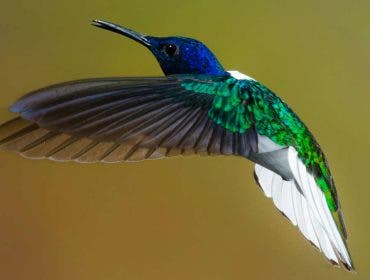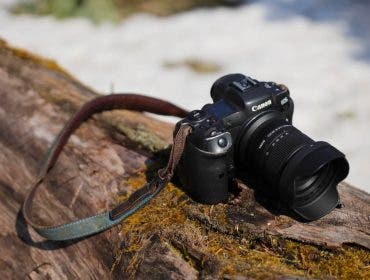With July 4th approaching, it’s the perfect time to capture the dazzling displays of fireworks lighting up the night sky. Photographing fireworks can be challenging, but with the proper techniques, you can create stunning, professional-quality photos. In this guide, I’ll share my top five tips for photographing fireworks so you can make your shots stand out. Whether you’re a beginner or a seasoned photographer, these steps will help you capture the magic of fireworks in all their glory.
1) Plan Your Shot
Preparation is Key. Before the fireworks start, it’s crucial to plan your shot. You probably won’t have time to move around once the show starts, so pick a location that gives you the best view of the night sky without any obstructions. If you can, visit the site beforehand to understand where the fireworks will be visible.
Fireworks shows attract large crowds, so on the day of the show, it’s essential to arrive early to secure your spot. Setting up your equipment well before the show begins ensures you won’t miss any of the action once the fireworks start.

2) Stabilize Your Setup
One key to capturing stunning fireworks photos is to use a long exposure. A slow shutter speed of 2, 4, or even 8 seconds will capture multiple bursts in one shot, creating a more interesting image than a single burst. You won’t be able to handhold your camera for that long, so a tripod is necessary to keep your camera stable. Hanging your heavy camera bag from the tripod can also add stability. Using a cable release or a remote trigger will prevent any chance of camera movement.
If you don’t have a tripod, you can use other accessories to stabilize your camera, like a Manfrotto super clamp and magic arm or a Platypod floor plate.

3) Create an Interesting Composition
Fireworks photos are more interesting when they include some context. A burst of light in the sky can be beautiful, but including elements like a city skyline, a body of water reflecting the fireworks, or a crowd of spectators can make your photos more dynamic.
Don’t be afraid to experiment with different compositions. Try shooting both vertical and horizontal shots, and vary your focal length to capture wide scenes as well as close-up details of the fireworks.

4) Use the Right Settings
Manual Focus: Set your lens to manual focus (MF) and pre-focus on the area where the fireworks will explode. Autofocus will hunt in the dark sky, potentially missing the shot. Locking down the focus ensures your images are sharp.
Long Exposure: Set your ISO to the lowest setting (usually ISO 100) to keep noise to a minimum. Use smaller apertures like f/16 or f/22 to allow for longer exposures.
Bulb Mode: If you’re capturing bursts without much context, you can use bulb mode. In bulb mode, the shutter stays open as long as you hold down the shutter button. This allows you to capture as many bursts as you want in one frame. Release the shutter once you’ve captured enough.
Expose for Ambient Light: When including other light sources in your composition, such as a city skyline, you need to expose for ambient light. A typical setting might be ISO 100, f/22, and a 4-second exposure. This will ensure that both the fireworks and the foreground are properly exposed.
Shoot in RAW: Shooting in RAW format gives you more flexibility in post-processing. RAW files contain more data than JPEGs, allowing you to adjust exposure, white balance, and other settings without losing image quality.

5) Review and Adjust
Fireworks displays are often short, so timing is crucial. Anticipate the bursts and press the shutter just before they explode to capture the full effect. Practice makes perfect, so don’t be discouraged if you don’t get it right on the first try.
After taking a shot or two, review the images on your camera’s LCD screen. Check for sharpness, exposure, and composition. Make any necessary adjustments to your settings or framing, and keep shooting.
Conclusion
Capturing great fireworks photos involves a combination of careful planning, a stable setup, interesting composition, the right camera settings, and adjusting on the fly. By following these five steps, you can make stunning fireworks photos that are sure to impress.






